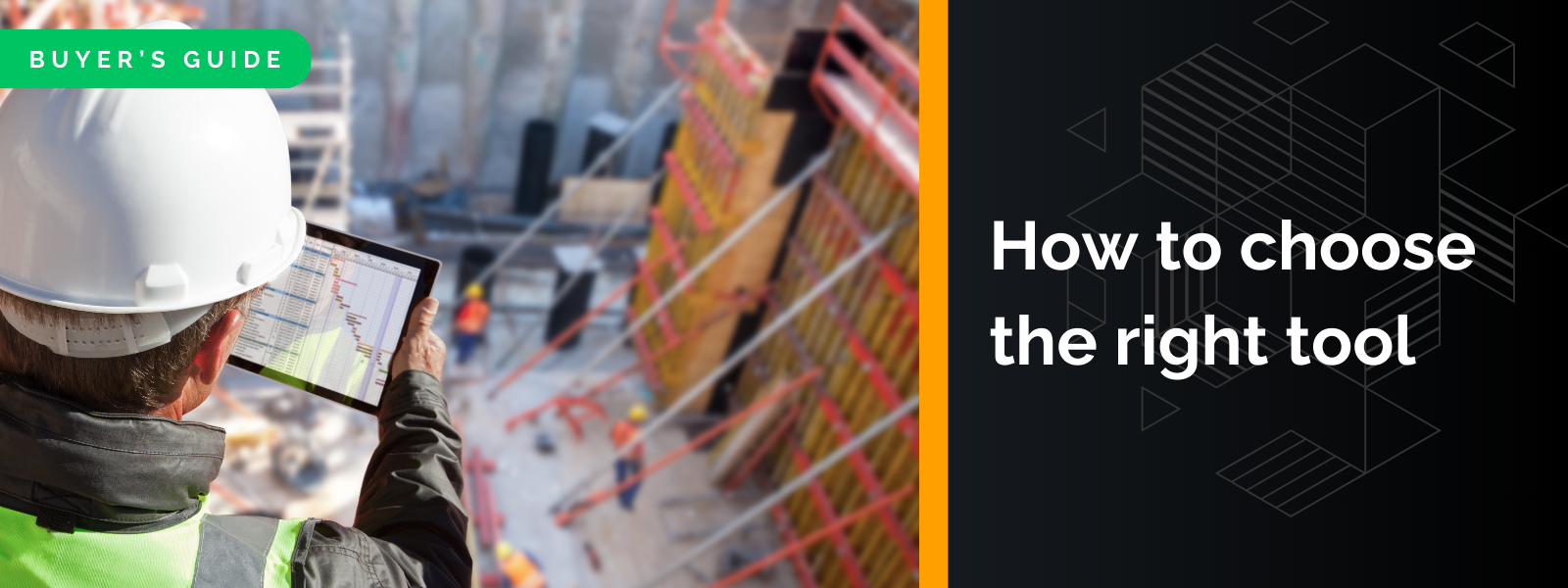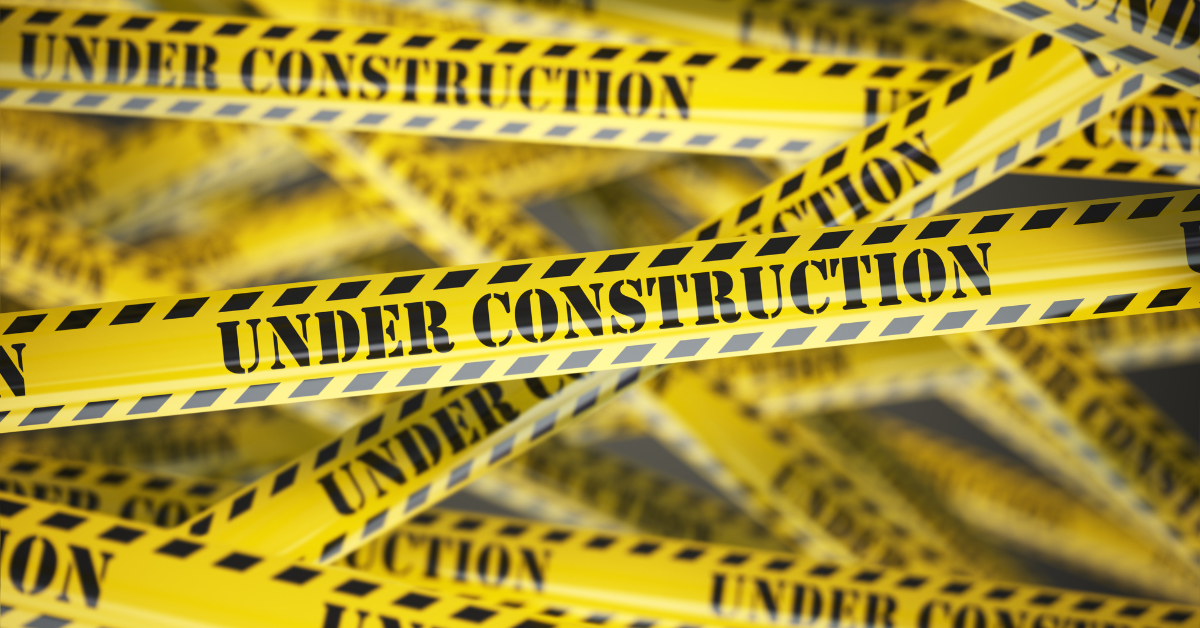There are a lot of people involved in a construction project, especially large multi-site projects. The pressure to deliver quality work on time and within budget never eases so the sharing of the right information to the right people is essential. Engineers, architects, main contractors and subcontractors will all have their own specific workflows and need to have a clear overview of what’s happening on a project – sometimes at short notice.
Construction projects deal with huge amounts of data. From drawings and floor plans to risk management documentation and Part L image capture, it’s easy to see how workflows can become fragmented and overwhelming if there aren’t proper processes in place to manage the sheer level of data and information.
In the absence of a dedicated digital solution, projects are often managed over many different channels. Emails, printed documents, spreadsheets, and text messages aren’t easy to collate and centralise so not having a dedicated system to centralise this data can quickly lead to delays, issues, and impact the integrity of a project.
What is a CDE?
A common data environment (CDE) is a digital solution that brings all project data and information together in one accessible place. A robust CDE will allow project stakeholders to access, share, and manage information related to a project without the need to resort to chasing emails, text messages or printed documents.
What are the benefits of having a CDE in construction management?
Preventing lost or inaccurate data
We speak to a lot of companies that have seen horrendous consequences because of lost, or outdated documents. In a 2024 webinar, most attendees reported that the average cost of working to an out-of-date drawing was a whopping £20,000. A workflow that requires all documents relating to a project to be in one place means there is a single source of truth, and the software you use should have the ability to clearly communicate and notify the relevant people when updates are made.
Better communication and collaboration
Fragmented communication is one of the biggest problems in construction when there are large teams and multi-site projects in progress. A CDE eliminates the need to search through reams of paper or spend hours digging through emails and text messages to find out if a specific drawing was updated or if a particular snag was addressed. This is particularly essential when site managers need an overview of multiple projects; a CDE reduces the need to constantly travel between sites to get the updates they need.
Regulatory compliance
In the UK, construction projects MUST provide a golden thread of information for the Building Safety Act, as well as provide detailed documentation for Part L of the building regulations. Non-compliance can result in massive project delays, stoppages, and even penalties which inevitably impacts the reputation of a construction company for future projects. A CDE with a robust Part L solution can automate the process of geotagging images and provide a one-click report for SAP assessors, and having a project’s entire history available at the touch of a button can save weeks when it comes to compiling a building’s O&M manual.
Better risk management and mitigating issues
How many times have you had to chase the status of a drawing, snag, or stage of a build? And how much time do you spend asking on-site workers to fill out risk assessment forms, or make sure that they have attended relevant safety briefings or toolbox talks? A CDE brings all this information into one place, so approval processes are streamlined and managed without the need to constantly ask collaborators for follow-up information. A good CDE is a document-centric system that notifies the right people that an action is required.
Preparing your construction business for a CDE
Take a look at your current processes
Where are your biggest pains? What has caused the most delays across previous projects and what are the most draining processes on time and resources? A thorough audit or assessment of your current data management processes will help you in choosing a CDE that best fits your needs and addresses the problems that are giving you the most headaches.
Find the right CDE – take your time
Implementing a new technology isn’t easy, especially in an industry where the attitudes to tech adoption are often behind the curve. People just want to get on with their jobs – often without realising that the right software can support them to do just this. Evaluating your options should be a process in itself; take the time to consider what you want to improve right now, and what issues are likely to arise in the future. It’s unlikely that there is a solution out there that ticks every single box for you, so prioritising your needs is vital. (You can read more about choosing the right software in our free buyer’s guide).
Ongoing training and development
Once you’ve implemented a CDE, in theory things should just work right? While this is true and you will notice improvements in your processes right away, you will want to make sure that there are processes in place for onboarding new team members and getting people up to speed with your new ways of working. Having a product champion is a great way to do this – usually an on-site manager that has an in-depth understanding of your chosen system and can clearly communicate the benefits of your CDE.
As the construction industry evolves, embracing digital transformation becomes imperative for staying competitive and delivering successful projects. By embracing CDEs, businesses can overcome the limitations of outdated methods, enhance collaboration, mitigate risks, and ensure regulatory compliance. By preparing their teams and processes for CDE implementation, construction companies can unlock a new era of efficiency, innovation, and excellence in project management.







